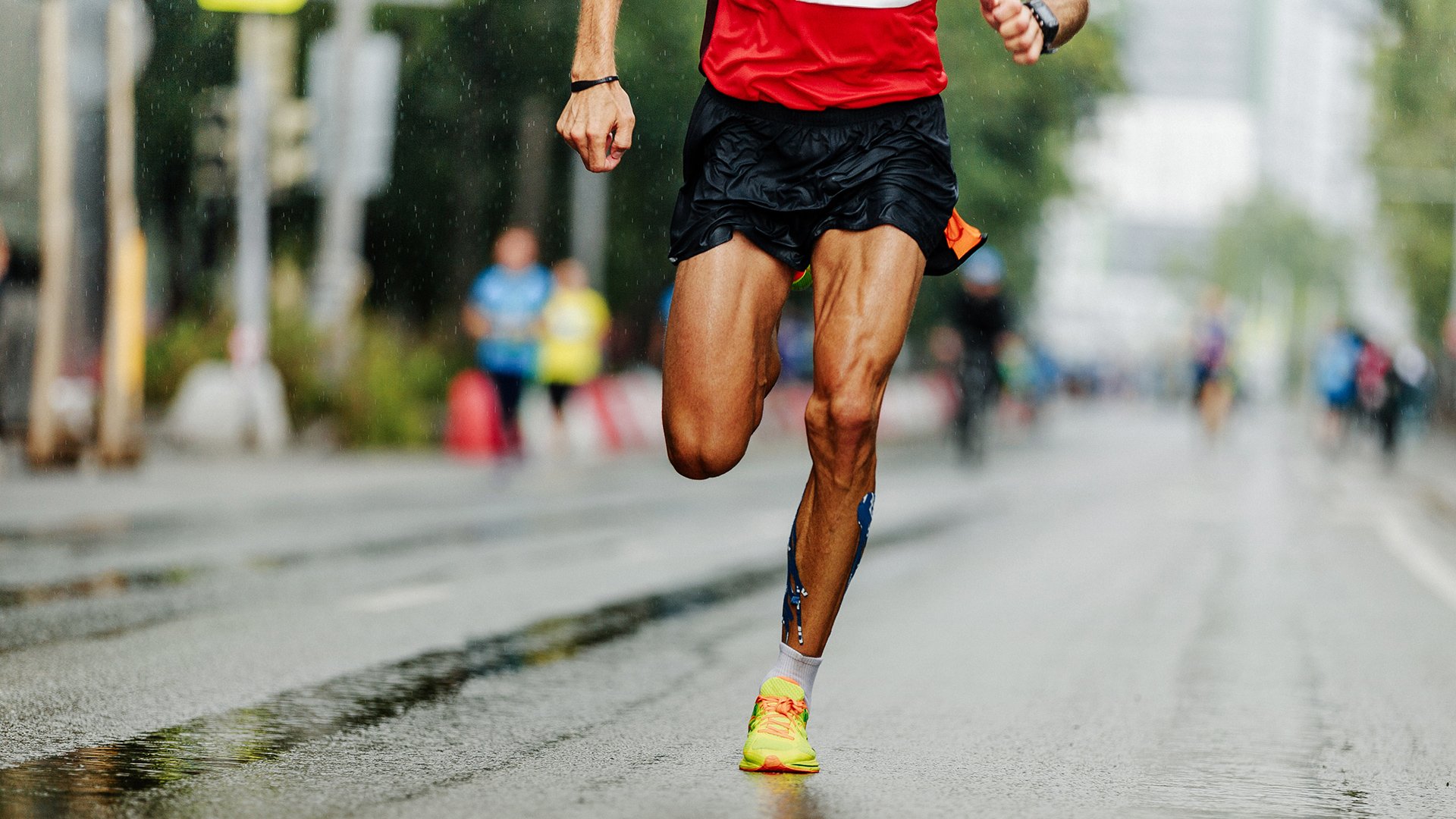
How to Optimize Running & Sprinting Technique with Plantar Pressure Mapping & Inertial Measurement Unit Sensors
Running technique is often an overlooked aspect when it comes to performance optimization and training. Both endurance running and sprinting rely on optimal technique and biomechanical efficiency in order to successfully compete and reduce any potential risk of injury.
The dynamics of the foot strike, spatio-temporal parameters, lower body mobility, and type of shoes are some of the factors that contribute to the running technique of an individual athlete.
With advances in plantar pressure mapping technology, and pairing it with inertial measurement unit (IMU) sensors, it is now easier for coaches to evaluate running technique and design targeted interventions.
Specifically, with a plantar pressure measurement system it is possible to assess the dynamics of foot strike, spatio-temporal parameters, and type of shoes.
Foot Function & Foot Strike
The way the foot interacts with the ground can be defined as Dynamics of Foot Strike and it comprises three aspects:
- The zone of the foot that first touches the ground, sometimes called touchdown;
- Distribution of forces throughout the plantar surface; and
- Mobility and stiffness of the various bony segments.
Touchdown is the word to describe a specific phase of the running gait cycle where the foot first touches the ground.
There are different types of touchdown patterns, depending on the type of locomotion, type of race, and running velocity.
The patterns are heel strike, midfoot strike, and forefoot strike as shown in the image below:
By considering movement efficiency and biomechanics, heel strike should not occur in running and sprinting as this would result in an increase in braking forces, a decrease in elastic energy storage, and a consequent increase in ground contact time.
Running and sprinting are normally characterized by two different foot strike patterns whereas a distance runner would strike the ground with a midfoot/forefoot touchdown pattern and a sprinter would use a forefoot pattern.
When the foot impacts the ground with the midfoot or forefoot it minimizes braking and reduces impact forces.
The existing difference in foot strike between running and sprinting are correlated with their different biomechanical and speed characteristics: as speed increases during the transition from running to sprinting, the body tries to create a stiffer spring and plantarflexion at touchdown intensifies.
The distribution of force and pressure through the plantar surface of the foot is another aspect that is often overlooked in favor of ground contact time only. Though ground contact times are very important in running performance, it is also true that we need to carefully look at how the force is distributed while the foot is on the ground during the whole stance phase as it is in this short timeframe that the athlete sets the efficiency of the propulsion.
Transmission of forces and pressure distribution are strictly related to the third aspect which is the degree of mobility and stiffness of the various segments of the foot.
A successful runner/sprinter is the one who transfers force faster rather than getting the foot off the ground as quickly as possible.
With plantar pressure mapping it is possible to understand how force is imparted and pressure is distributed, thus assessing the dynamics of the touchdown and identifying areas of mobility and rigidity of bony segments.
Spatio-temporal Parameters
These metrics are related to the kinematics of running, describing how a movement occurs in space and the time it takes to do so.
With the IMU sensors in the XSENSOR’s Intelligent Insoles we can match pressure data with metrics like stride length and stride rate so that it would be easier for coaches to spot the problem and identify whether the athlete needs to work and modify one of these aspects in order to optimize form and increase efficiency.
Type of Shoes
Running shoes have been proven to affect an athlete’s running form and technique due to various mechanisms: it can be through an increase in impact forces, a change in the ankle joint motion at foot strike (increase or decrease in dorsiflexion or plantarflexion), or an alteration of the knee kinematics.
Plantar pressure mapping with sensorized insoles can help in assessing how different shoes affect running form and make data-driven decisions in support of the shoe fitting process.
To learn more about how to use plantar pressure insoles to assess and optimize running technique, be sure to watch our webinar ‘Optimizing Running Technique Using Plantar Pressure Mapping & IMU Sensors’.


